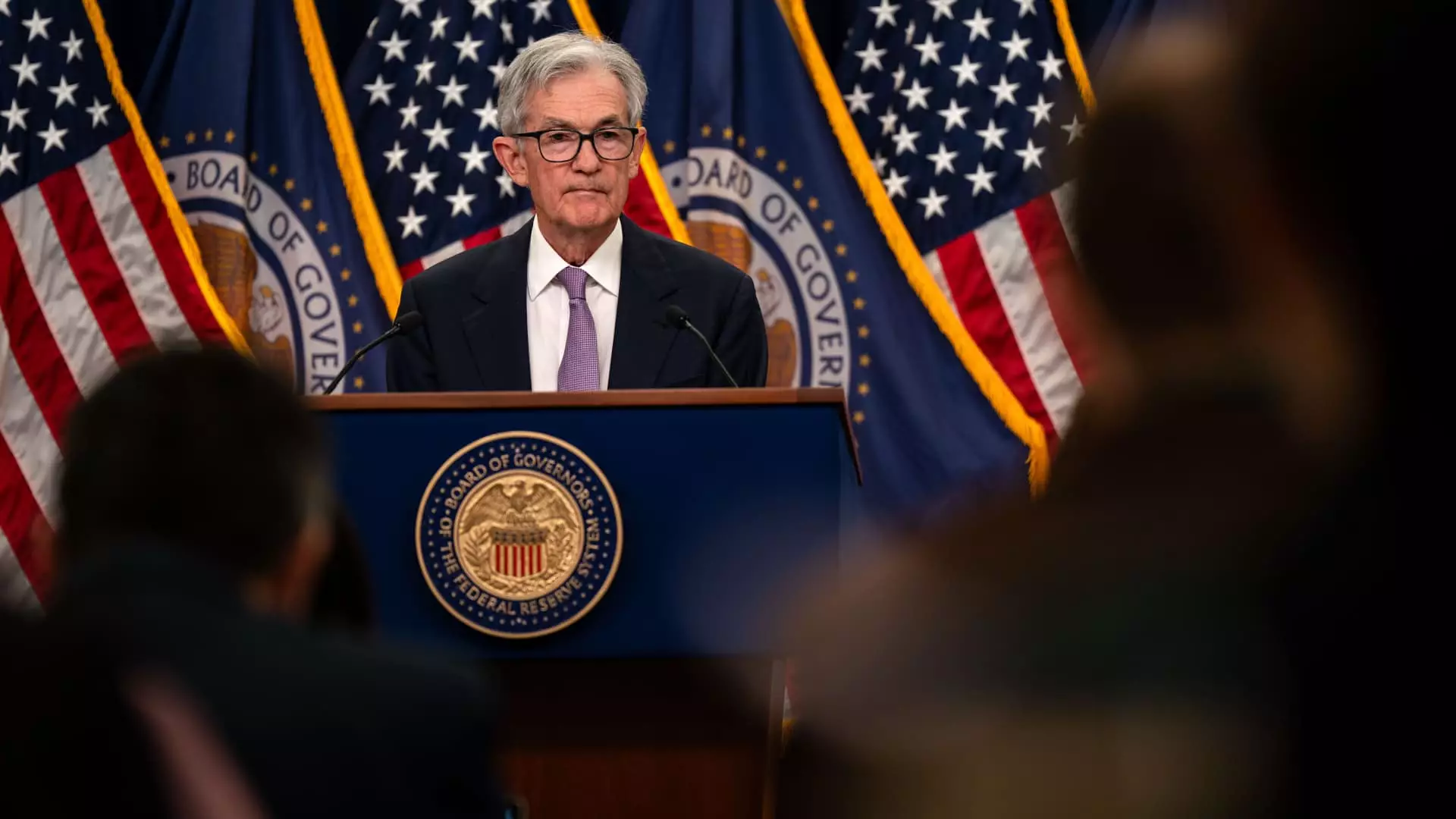The economic landscape in the United States has been deeply influenced by a confluence of factors, particularly the recent election of President-elect Donald Trump and the resultant uncertainties surrounding his administration’s policy direction. As highlighted in the minutes from the Federal Reserve’s December meeting, concerns regarding inflation and policy ramifications have prompted a significant reevaluation of the Federal Open Market Committee (FOMC)’s approach to interest rates.
Inflationary Pressures and Policy Reactions
Federal Reserve officials have voiced apprehension about rising inflation levels, which are closely monitored given the Fed’s long-term target of 2% inflation. The recent data has shown core inflation rates at 2.4%, implying that inflationary pressures are stronger than anticipated. These rising prices, alongside heightened expectations concerning changes in immigration and trade policies under Trump’s administration, have created an atmosphere of uncertainty that the Fed has deemed necessary to navigate with caution.
The minutes explicitly reference potential changes in trade relations, particularly the aggressive tariffs proposed by Trump against key trading partners like China, Mexico, and Canada. Such tariffs could lead to increased costs for consumers and businesses, further exacerbating inflation. The FOMC has recognized that in light of these unpredictable elements, maintaining a slower pace in monetary policy adjustments is warranted.
The Cautious Approach of the FOMC
In December, the FOMC decided to lower the benchmark borrowing rate to a target range of 4.25%-4.5%, a move that aligns with their commitment to supporting economic growth. However, they revised their forecast for future cuts, reducing expected adjustments in 2025 from four to two. This decision underscores a strategic shift to a more cautious outlook, reflecting the myriad uncertainties shaping the U.S. economic environment.
Several FOMC members have explicitly suggested that the current stance of monetary policy is close to neutrality, which means that future changes will depend heavily on how economic data unfolds in the coming months. Rather than following a predetermined schedule, the Fed plans to assess the data carefully before initiating further policy changes. The increase in inflation above the central bank’s target necessitates this deliberative approach as officials weigh consumer spending trends, labor market stability, and overall economic activity.
The members of the FOMC are keenly aware of the indicators that signal the health of the economy. With gross domestic product (GDP) growth projected to remain robust through 2024, consumer spending exhibiting a steady trajectory, and the labor market maintaining its strength, the conditions are favorable, albeit with caution required. The Fed’s inclination to slow the pace of rate cuts stems from the desire to allow time to measure the economy’s responses to previous monetary policy adjustments.
As Jerome Powell, the Fed Chair, noted in a post-meeting news conference, navigating these decisions is akin to “driving on a foggy night.” This metaphor encapsulates the collective mindset within the committee, emphasizing that prudence is essential during times of heightened uncertainty.
Within their discussions, the Fed officials shared insights into the structure of their future monetary policy framework. While they anticipate that inflation will eventually gravitate back to the target rate of 2%, this expectation is not projected to materialize before 2027. The uncertain global economic environment and the unpredictable nature of Trump’s policies have led many members to suspect that risks may lean towards higher inflation in the near term.
The FOMC’s “dot plot,” which reflects individual members’ projections for future interest rates, suggests the possibility of additional rate cuts in 2026 and beyond, ultimately aiming to settle the long-term federal funds rate around 3%. This graffiti of expectations reveals that while the Fed is actively pursuing a balanced approach to monetary policy, their strategy is fluid, tailored to evolving economic conditions.
As the Federal Reserve navigates this complicated economic terrain, it is confronted with a delicate balancing act of fostering sustainable growth while curbing inflation. The uncertainty surrounding Trump’s policies, particularly in trade and immigration, poses additional challenges in crafting an effective monetary strategy. The FOMC’s cautious approach is a prudent response to the myriad uncertainties of the current economic climate, yet it also reflects an awareness of the importance of adaptive policymaking in the face of evolving circumstances. As the economic landscape continues to develop, the Fed’s ability to respond thoughtfully to changing data will be critical in shaping a stable economic future.

